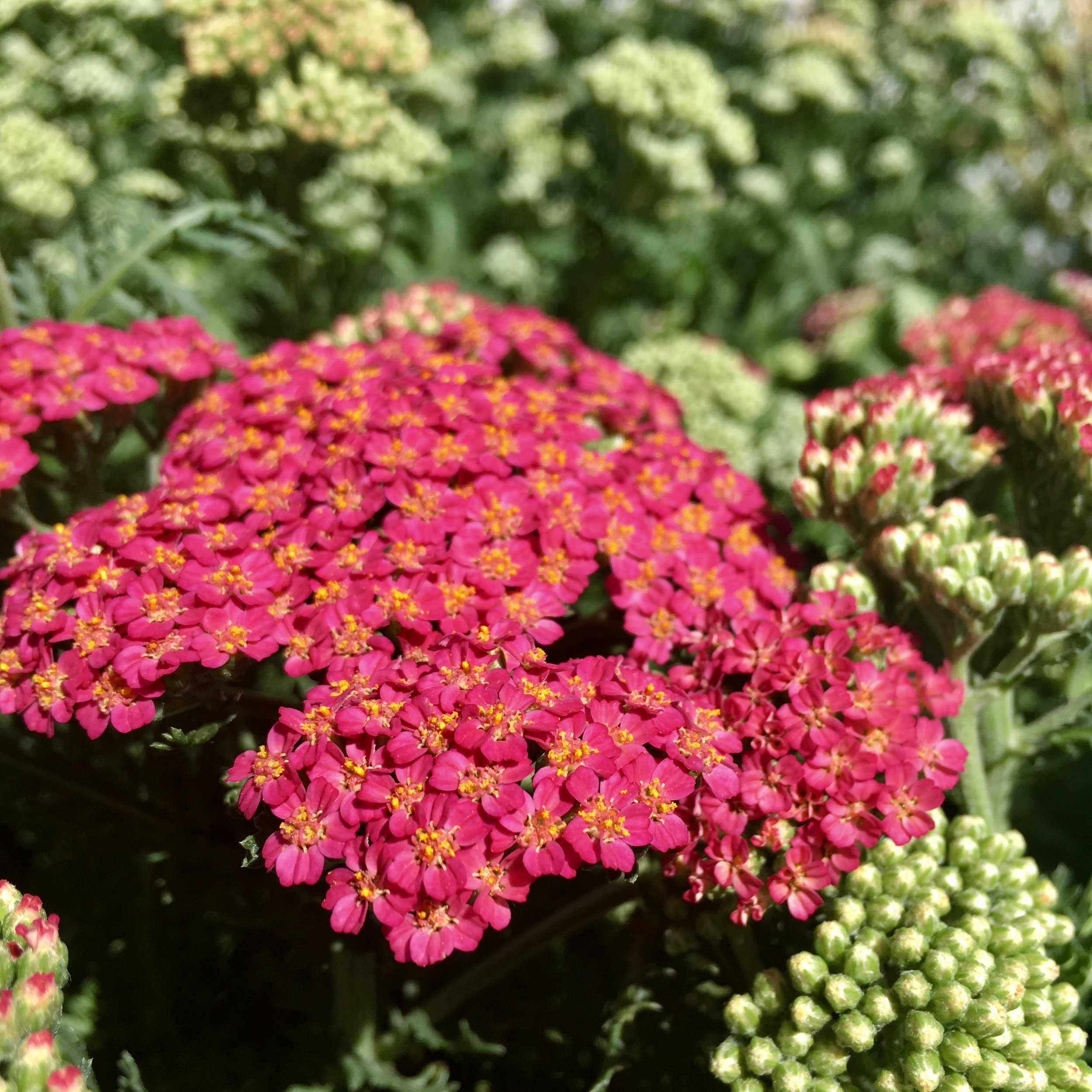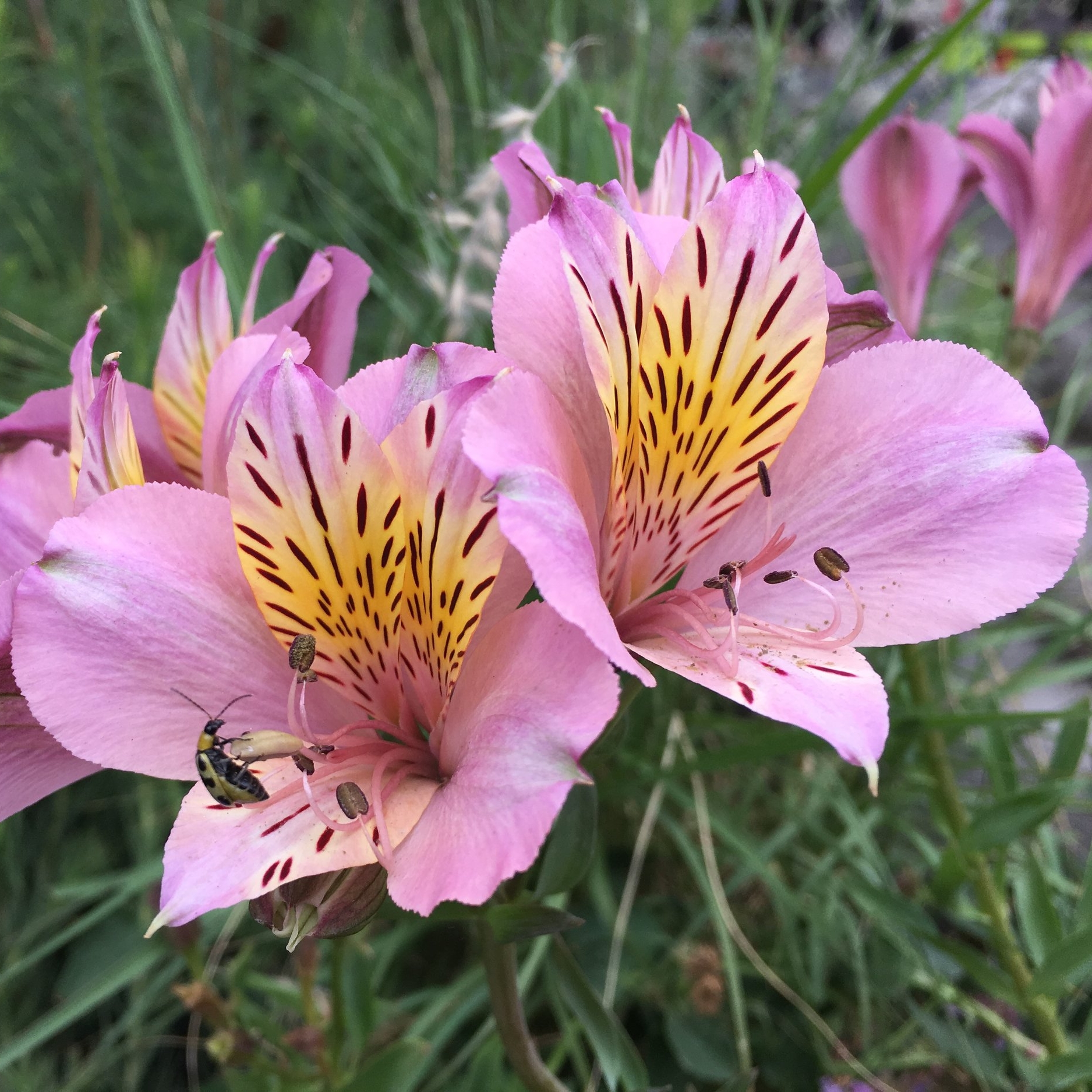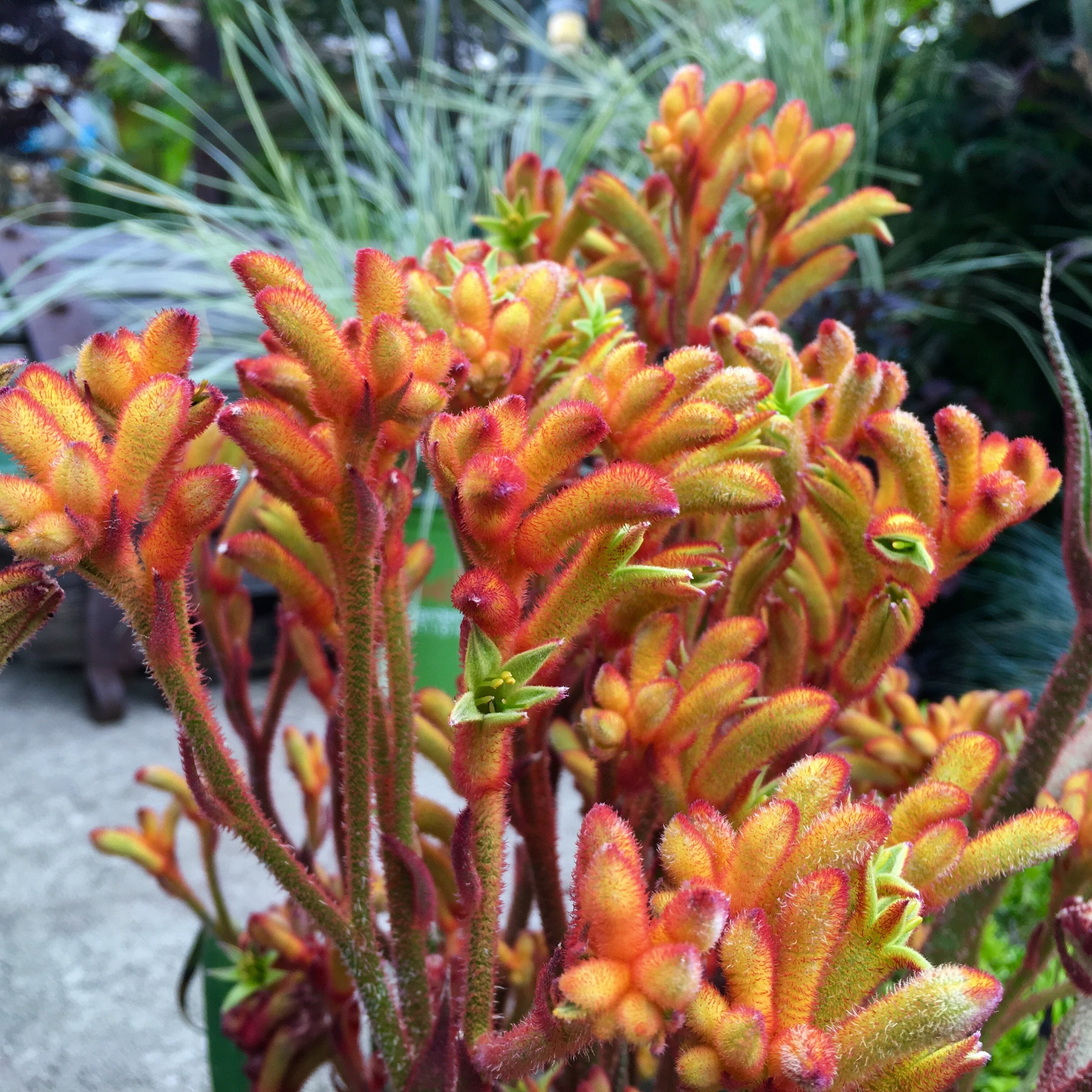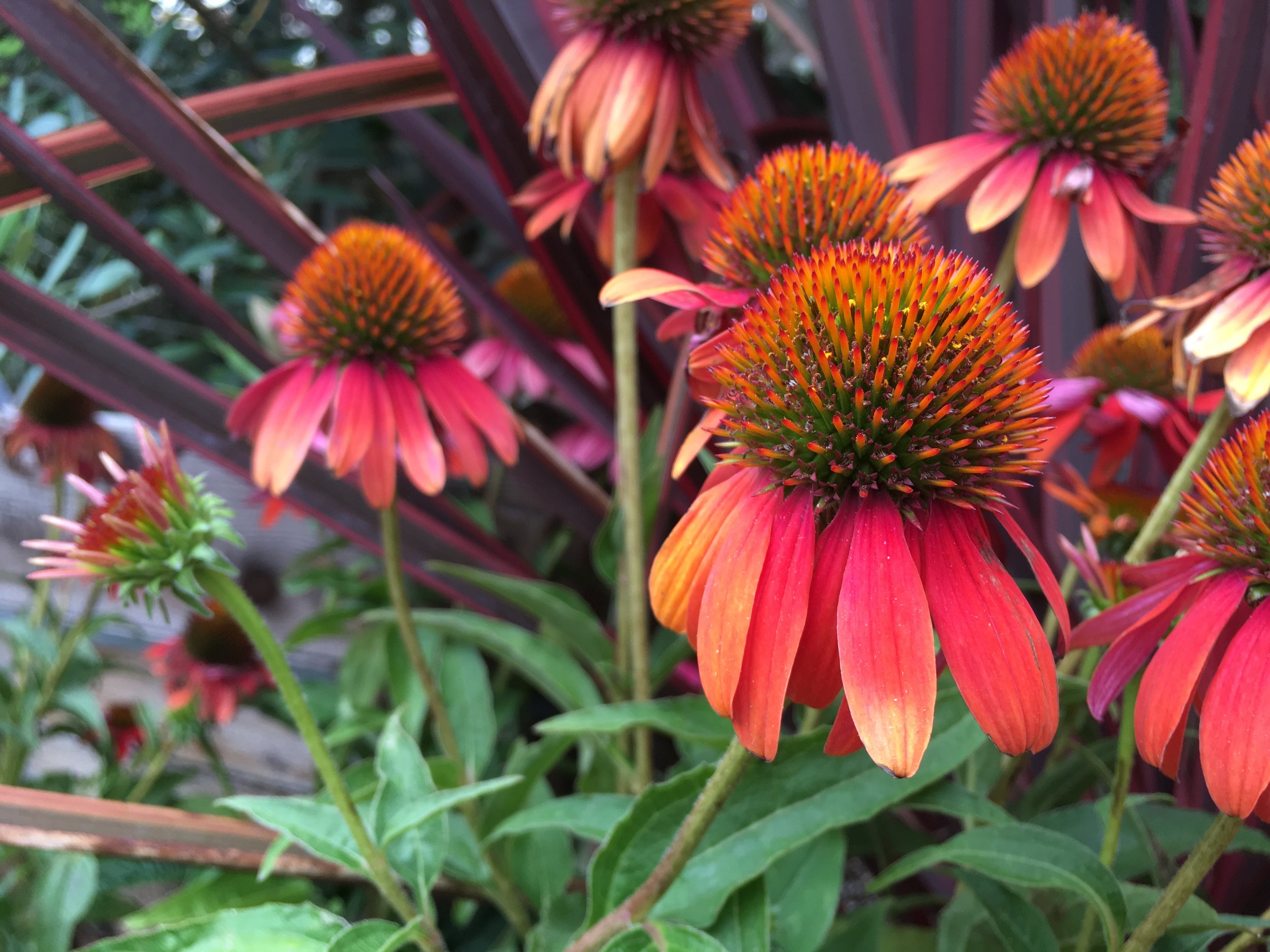To extend your summer blooms through fall, keep on deadheading! Here's a bit of advice from Shawna, CCNPro and head of our Custom Container Department. If you haven't met Shawna, stop in and say hello! And definitely don't miss her custom designs on our container patio or her free upcoming demos!
It’s summertime…the time to kickback and enjoy your garden. All the spring planting you've done has been in full bloom, right? Well if they aren’t, then you need to deadhead!
Yes, deadheading will convince many plants not to go to seed but continue to bloom through fall. If left alone, a flowering plant will put forth a bloom. The blossom would then be fertilized and subsequently set seed. In this complete reproductive task, the plant expends its energy and nutrients to set seed instead of producing more of those beautiful flowers we all love to enjoy!
For single flowers, including Gaillardia, Coreopsis, Echinacea and Zinnias, prune the flower and stem down to the base of the plant. For those on "spikes" including Salvia, Veronica and Angiozanthus, wait until flowers are wilted and cut down to the crown.
Below are a few annuals and perennials that will benefit from deadheading:
Achillea sp. (Yarrow)
Remove brown and faded flowers by cutting right above the flower stem where another branching flower mass shoots off the side.
Adenophora bulleyana (Bulley’s Ladybells)
Alcea rosea (Hollyhock)
Alstroemaria (Peruvian Lilly)
Pull the entire stem, do not cut.
Angelonia (Angelonia)
Anigozanthos (Kangaroo Paws)
Argyranthemum (Marguerite Daisy)
Armeria maritima (Thrift)
Aster sp. (Aster)
Pinch or snip the faded bloom along with the stem to the next leaf, stem or bloom down. Leave a few wilted flowers if you'd like the plant to self-sow.
Aquillegia caerulea (Columbine)
Buddleia davidii (Butterfly Bush)
Centranthus ruber (Valerian)
Chrysanthemum x supberba (Shasta Daisy)
Cosmos bipinnatus (Cosmos)
Consolida ambigua (Larkspur)
Coreopsis grandiflora (Coreopsis)
Cut back each flower stem to the crown (center) of the plant.
Delphinium sp. (Delphinium)
Dianthus caryophullus (Pinks)
Diascia (Twinspur)
Can be sheared.
Echinacea (Coneflower)
Felicia amelloides (Blue Marguerite)
Gaillardia (Blanket flower)
Gaura lindheimeri (Gaura)
Helenium autumnale (Sneezeweed)
Heliotropium arborescens (Heliotrope)
Hemerocalis (Daylilly)
Lavandula (Lavender)
Snip each stem of lavender at the crown of the plant.
Monarda didyma (Bee Balm)
Nemesia
Can be sheared.
Nepeta (Catmint)
Pelargonium sp.
Penstemon (Penstemon gloxiniodes)
Phlox paniculata (Border Phlox)
Cut off individual spent flower clusters as soon as the flowers begin to wither, then prune the entire flower spike once all buds have bloomed.
Rudbeckia hirta (Gloriosa Daisy)
Scabiosa atropurpurea (Pincushion Flower)
Rose
Cut down approximately 1/3 of the stem to outward-facing leaflet
Salvia sp. (Sage)
Tagetes erecta (Marigold)
Veronica spicata (Speedwell)
Zinnia angustifolia (Zinnia)
After you’ve deadheaded don’t forget to fertilize! Shawna recommends MaxSea Bloom Plant Food and has been truly happy with the results. It’s easy to use, cast the pellets around the beds, water in and reap the benefits healthy plants all year long! Find it and more in the Garden Shop!






